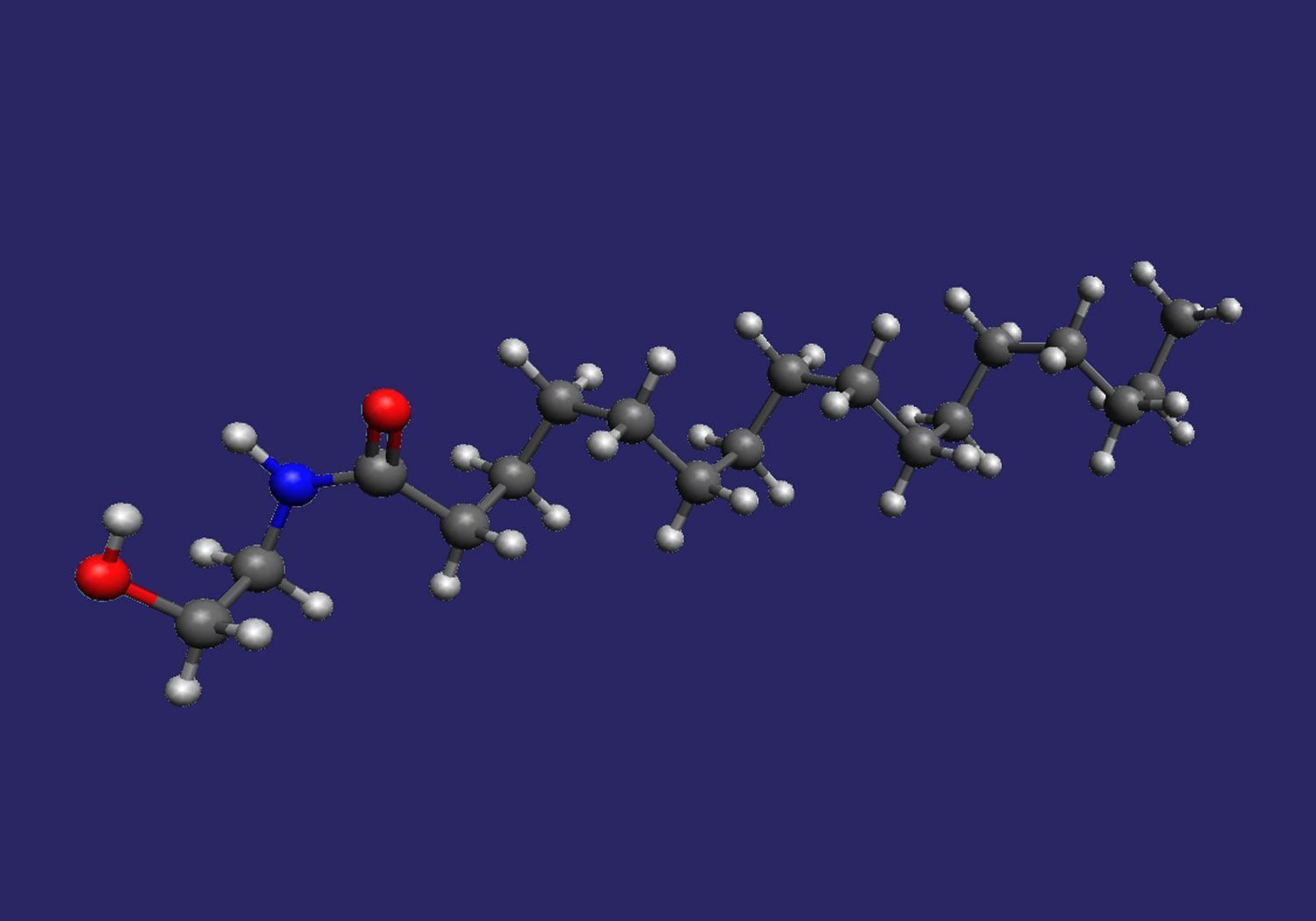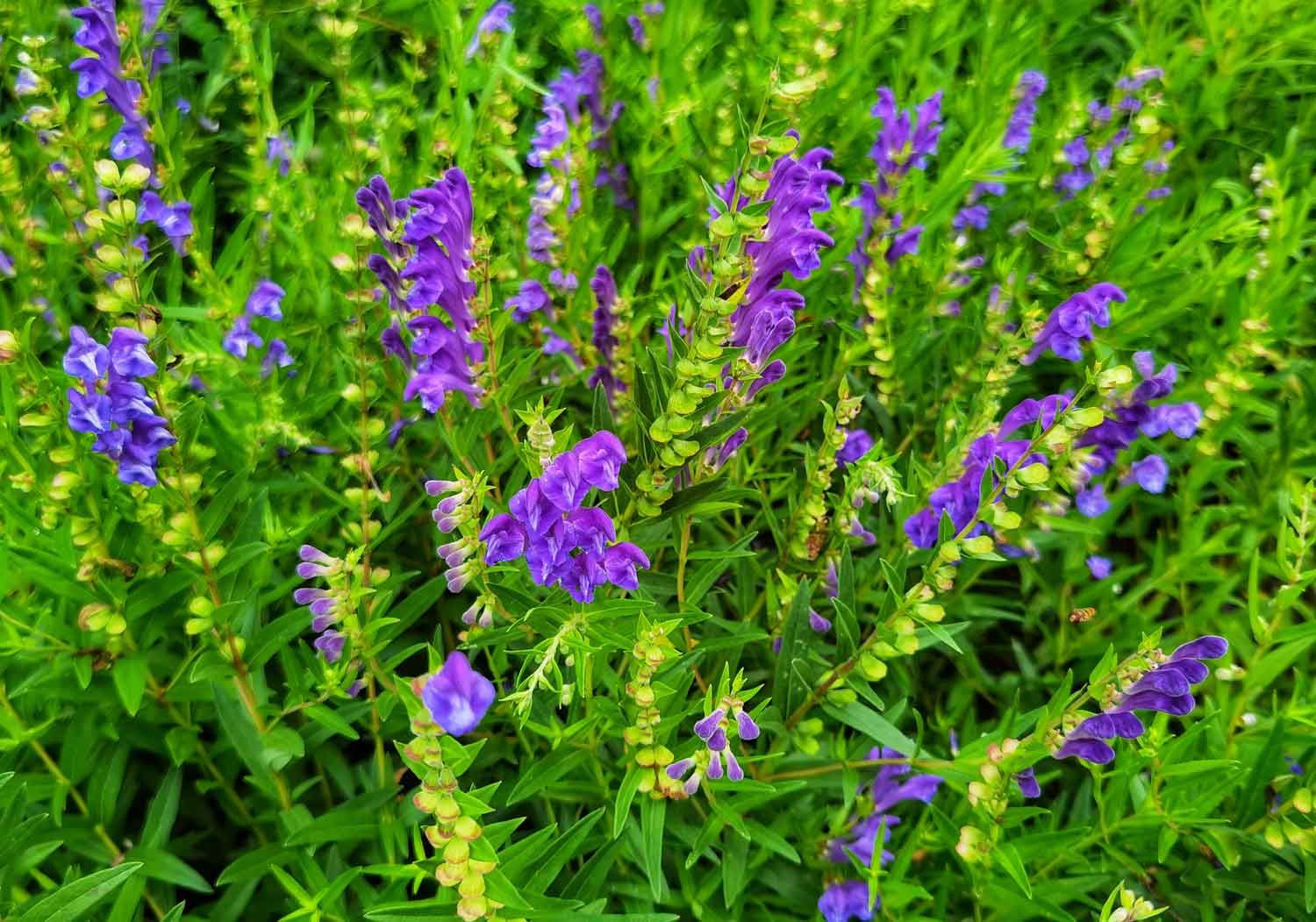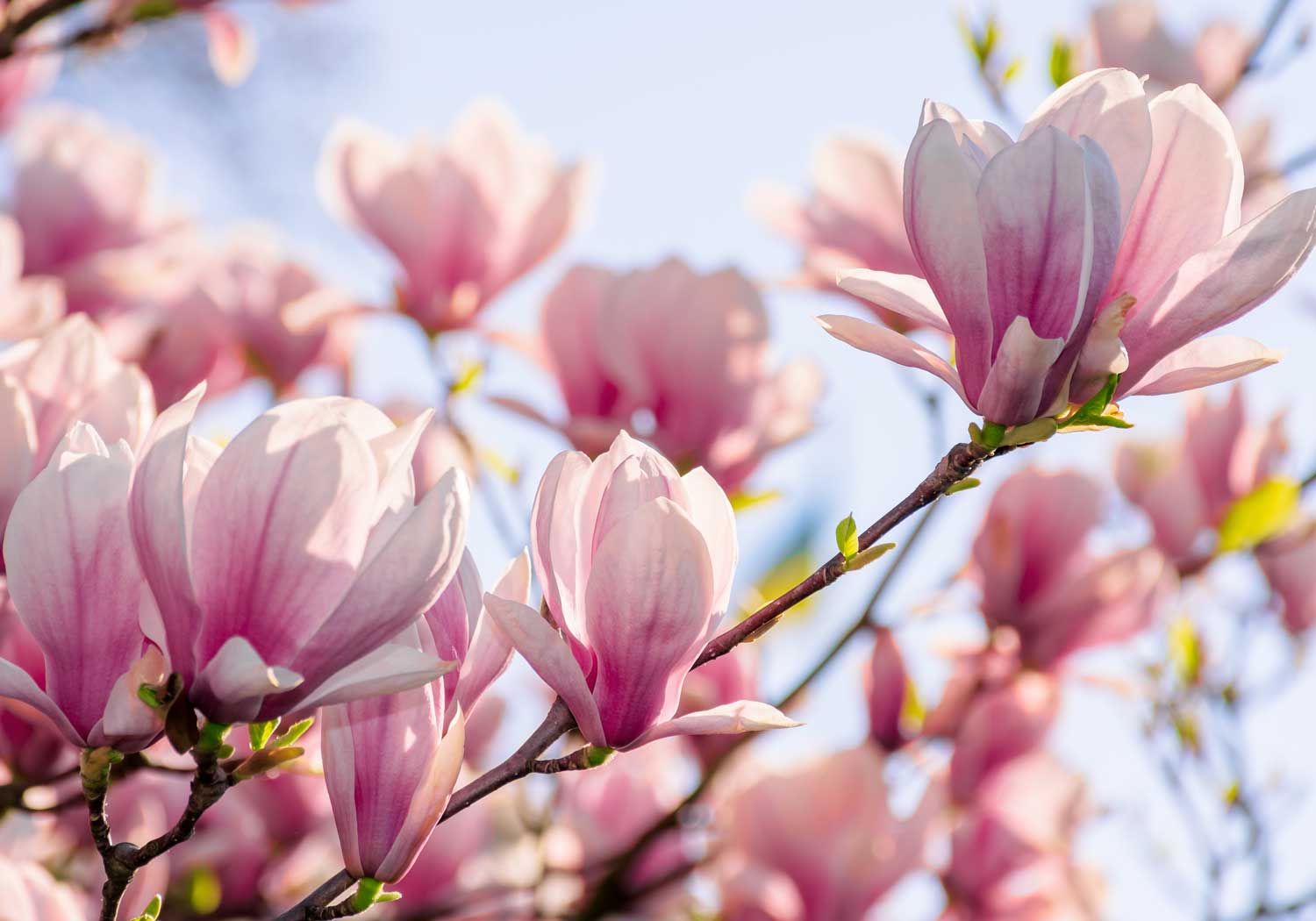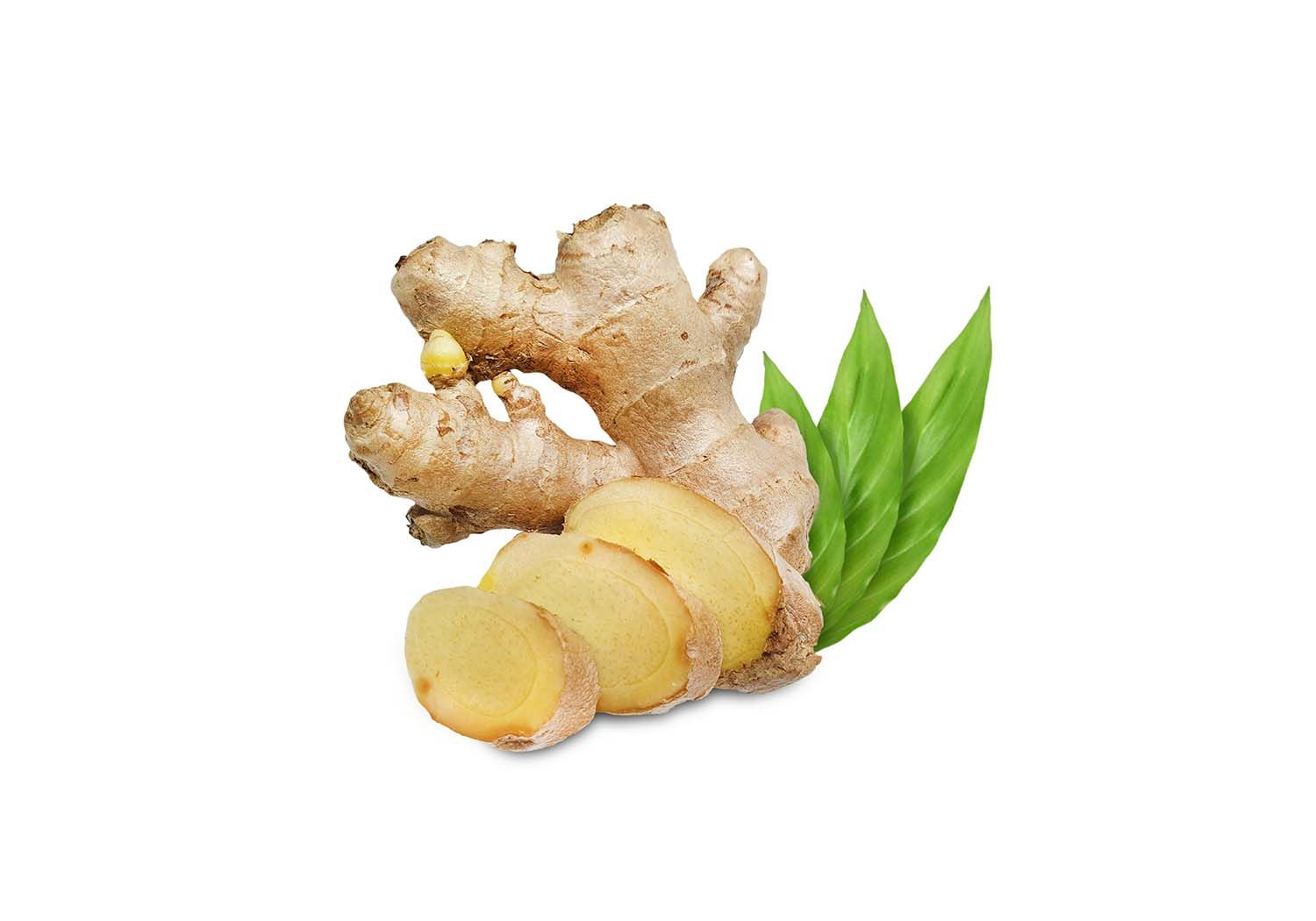
-
Free from additives and fillers
-
Gluten Free
-
HPLC Lab tested
-
Money back guarantee
-
Non-GMO
-
Science backed
-
Vegan
Scientifically Tailored Ingredients
Kava Golden Paste Extract

Kava Golden Paste Extract
Our highest potency Kava Extract is a CO2 supercritical extracted Kavalactone concentrate - a golden semisolid waxy paste. Special cultivars of the Kava plant have been propagated for ceremonial and social purposes across Polynesia over centuries dating back to prehistory, when the plant was first spread widely by the seafaring Lapita people to numerous far-flung islands of the Pacific Ocean. The root of the Kava plant continues to be used traditionally in Pacific Ocean cultures of Polynesia, including Hawaii, Vanuatu, Melanesia, and some parts of Micronesia - where the root of the plant is macerated to yield a milky water-based emulsion of its active ingredients (the kavalactones) and consumed as a ceremonial drink, imbuing its users with a combination of prosocial, sedative, analgesic, and energizing / euphoric inebriating properties. In modern times, Kava is now also consumed internationally beyond its original Pacific Ocean cultural use, both in its traditional beverage form, and as a dietary supplement for its mood-uplifting yet relaxing and stress-easing properties. There are six major kavalactones occurring in the roots of the Kava plant, along with many minor kavalactones. The primary kavalactones comprise Kavain, Methysticin, and their dihydro counterparts (DHK and DHM), and Yangonin and its desmethoxy counterpart (DMY). A noble variety Kava plant typically takes 3-5 years to reach maturity, at which point the whole Kava plant is often harvested and the desirable root segments are selected for sun drying. Aerial parts or improperly dried roots have lower concentrations of kavalactones and may also contain hepatotoxic compounds - thus careful harvesting and drying of the plant and selection of only the desirable root parts is required to produce a safe, high-quality Kava extract. Our LiftMode Kava Extract (Piper methysticum root supercritical CO2 extract) is a yellow waxy paste-like kavalactone concentrate derived from the roots of the Kava plant. Liftmode’s Kava Extract is standardized to 60% Kavalactones, has been verified to be produced from roots only and has been tested for noble profile based on kavalactone chemotype of 425613, DHKavain=2, Kavain = 4, DHMethystin=5, Methysticin=6, DMYangonin=1, Yangonin=3. Please be aware that this Kavalactone concentrate is not equivalent to a traditional water-based brew made from Kava root, as it is highly purified and leaves out plant cells, starches, and other components that help the kavalactones remain suspended in a fresh root-derived brew. The paste is essentially insoluble in water and not well absorbed as is - therefore, directly eating the extract, or taking it in capsules, for most people may NOT be the most effective means of consumption. Without thorough mixing and emulsification of the Kavalactone concentrate, this extract may not produce desired effects in reasonable quantities. There are, however, a few recommended routes/methods for use: 1. To obtain desired effects directly from the waxy concentrate in pure form, a consumption approach involving the application of the waxy resin/paste to a heated surface may be effective. 2. For most people, the easiest option will be to blend the concentrate in a blender or smoothie machine, with some fruit / some juice, and (ideally) a bit of yogurt or an oil of your choice like avocado or coconut oil. An alternate effective approach is dissolving our Kava concentrate into coconut cream, then mixing or emulsifying it into warm water or a smoothie with liquid lecithin using a blender to get a thorough emulsion. 3. If you prefer a more traditional use, we can recommend using a hand blender / strainer to blend the concentrate into hot water. The addition of a small amount of oil or MCT can help this process. Traditionally (for Western Kava drinkers), Kava is brewed by kneading shredded or powdered dried root in warm water, using a cloth or nylon fine mesh straining bag. Though kavalactones themselves are not water soluble, the brewing and straining process creates a milky dispersion which aids absorption by increasing surface area. This emulsification process is not as easy to accomplish with concentrated Kava Extract due to its waxy properties, there are a number of ways to increase the absorption of high-concentration Kavalactone extract at home. These include mixing the extract with sunflower lecithin, blending into a smoothie that includes a source of fats such as milk, creamer, or coconut oil; or making an ethanolic tincture and dispersing it into water. It should be noted that mixing Kava with alcohol can cause significantly more hepatotoxicity and unwanted side effects than either on their own and should be avoided. Anecdotal evidence suggests that consuming liver-supporting supplements such as Milk Thistle Extract, TUDCA, or NAC (prior to Kava consumption) may help reduce the liver-stressing effects of heavy Kava use. Do not drive or operate heavy machinery if intoxicated on Kava. * Mood Booster * Stress Reduction * Cognitive Support
Palmitoylethanolamide

Palmitoylethanolamide
Found naturally in foods such as egg yolks, PEA is an endogenous fatty-acid amide with demonstrated benefits in easing everyday aches and pains. It works by binding to peroxisome proliferator-activated receptors in the cell nucleus, where it exerts numerous physiological effects: - Helps Reduce Everyday Aches and Pains - Well Tolerated, Endocannabinoid-like Molecule - May help to ease joint discomfort - Neuroprotective
Amanita Muscaria Extract

Amanita Muscaria Extract
Amanita muscaria, often referred to as fly agaric, is a mushroom native to wet regions of the northern hemisphere, and is identified by its large, red cap with white detail. Its earliest recorded use in history can be traced back to around 10,000 years ago in ancient Sanskrit texts. The active compound in amanita muscaria, muscimol, binds to GABA receptors to improve mood and promote sleep and relaxation. While further studies are needed to confirm additional benefits, evidence suggests that is consumed in large quantities, muscimol may be toxic. - Promotes sleep - Improves mood - Induces relaxation
Baicalein

Baicalein
Baicalein is the primary active component from the Blue Skullcap plant (also known as Baikal Skullcap). • Calming and Stress-Reducing • Antioxidant and Immune Support • 5 - 10x Bioavailability Compared to Baicalin
Oleamide

Oleamide
Oleamide is a naturally occurring derivative of oleic acid (found in olive oil) which has calming, mood lifting, and sleep and appetite promoting effects. - Calming & Stress Reducing - Uplifts Mood - Promotes Healthy Sleep
Honokiol

Honokiol
Honokiol is a highly active polyphenol compound found in Magnolia officinalis (also known as Magnolia Bark) and is known to hold a wide variety of powerful benefits. Studies indicate that Honokiol can be used as a powerful antioxidant and can promote healthy cognition as well as a healthy sense of relaxation. - Improves Brain Health - Promotes Relaxation - Powerful Antioxidant
Ginger Extract

Ginger Extract
Ginger, also commonly known as ginger root, is a popular dietary supplement for an extensive array of perceived health benefits. The active compound in ginger, gingerol, is responsible for most of ginger's therapeutic benefits. - Supports a strong, healthy immune system - Helps to support a healthy gut - Potent antioxidant
Curcumin

Curcumin
Curcuma longa (Turmeric) is a flowering plant which is a member of the ginger family. Turmeric powder is arguably one of the beneficial naturally occurring supplements. Some active compounds within Turmeric are called curcuminoids. The best known curcuminoid is Curcumin. - Supports a Positive Mood - Promotes Healthy Circulatory System
Collapsible content
References
References


